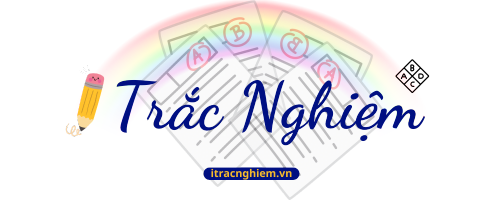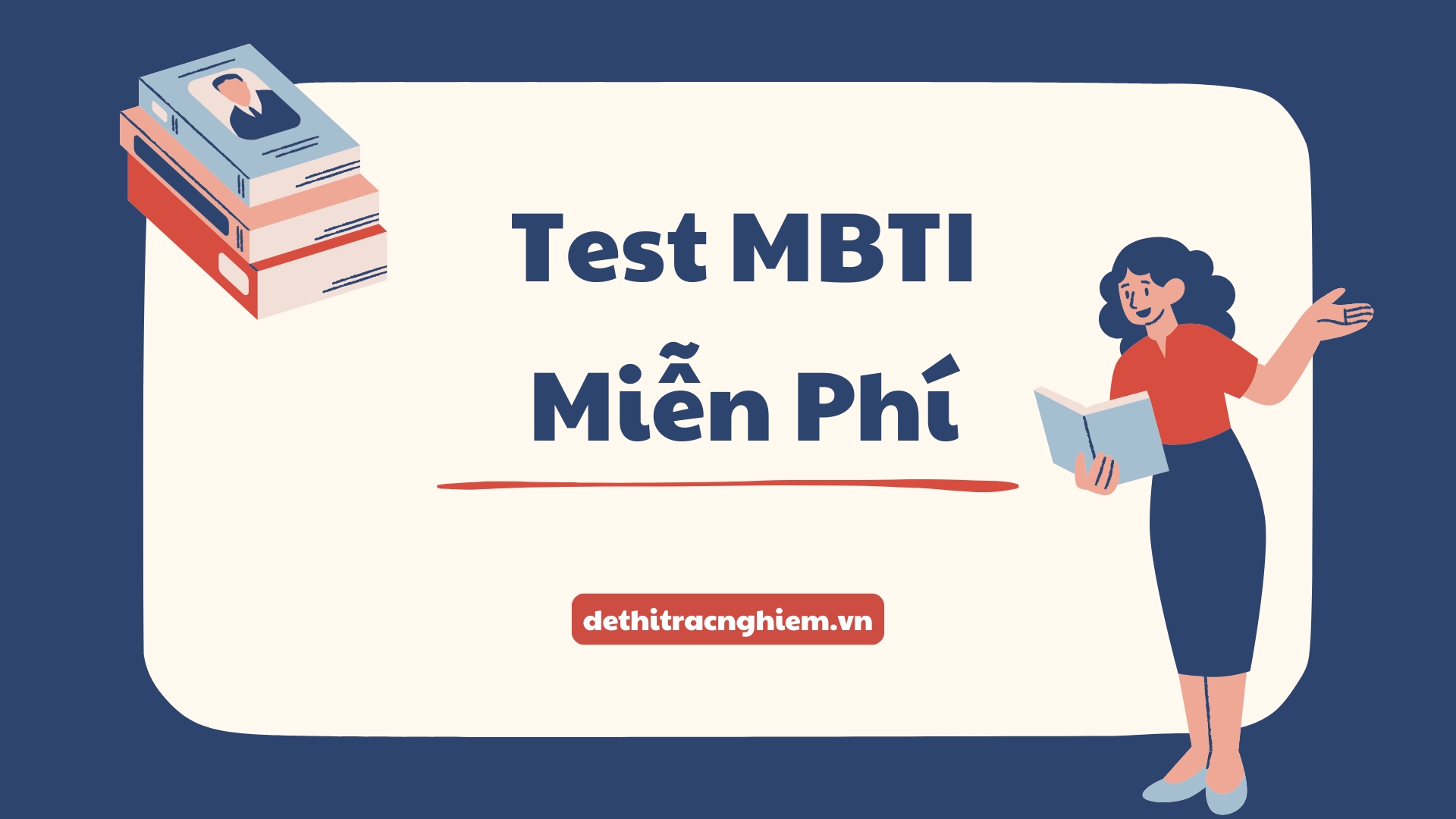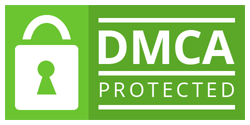Trắc nghiệm Tiếng Anh 10: Unit 7 Reading là một trong những đề thi thuộc Unit 7 – Viet Nam and International Organisations trong chương trình Tiếng Anh lớp 10. Dạng bài đọc hiểu này giúp học sinh phát triển kỹ năng tiếp nhận thông tin từ các văn bản học thuật xoay quanh chủ đề Việt Nam và các tổ chức quốc tế – một nội dung mang tính thực tiễn cao và thường gặp trong các đề thi chuẩn.
Để làm tốt bài Trắc nghiệm Tiếng Anh 10 Unit 7 Reading, học sinh cần trang bị vốn từ vựng liên quan đến các tổ chức quốc tế (như the United Nations, WHO, UNESCO, ASEAN…), cũng như hiểu biết về vai trò của Việt Nam trong các hoạt động viện trợ, hợp tác và phát triển toàn cầu. Ngoài ra, kỹ năng đọc lướt (skimming) để nắm ý chính, đọc kỹ (scanning) để tìm chi tiết, và suy luận từ ngữ cảnh là những yếu tố then chốt giúp trả lời chính xác các câu hỏi như: chọn đáp án đúng, tìm tiêu đề phù hợp, xác định câu đúng/sai (True/False), và điền từ còn thiếu.
Hãy cùng Dethitracnghiem.vn cùng tìm hiểu về đề thi này và tham gia làm kiểm tra ngay lập tức!
Trắc nghiệm Tiếng Anh 10 Unit 7 Reading
Câu 1: 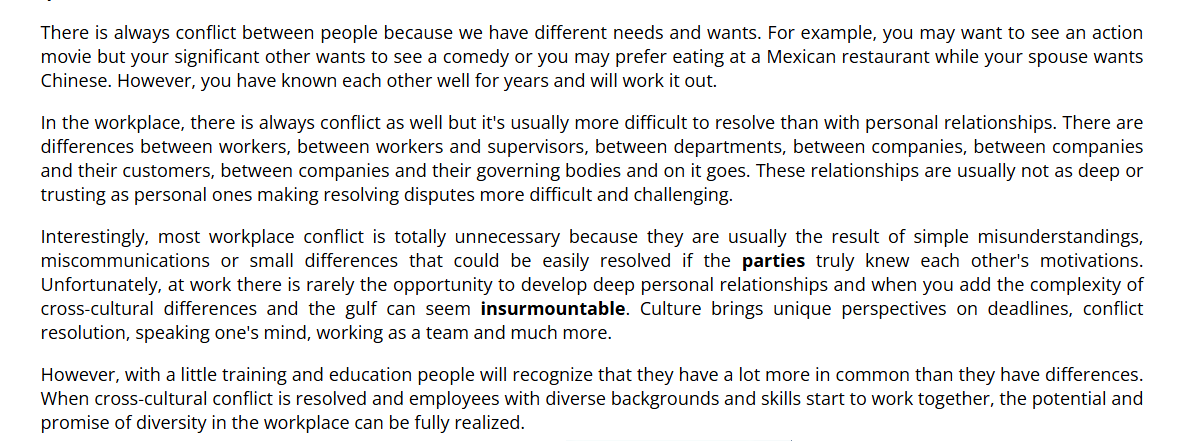 It is stated in paragraph 1 that people come into conflict with each other because of their difference in ____.
It is stated in paragraph 1 that people come into conflict with each other because of their difference in ____.
A. favorite movies
B. favorite foods
C. needs and wants
D. insights and ideas
Câu 2:  Which of the following is NOT mentioned as a cause of conflict at workplaces?
Which of the following is NOT mentioned as a cause of conflict at workplaces?
A. simple misunderstandings
B. small differences
C. miscommunications
D. deep personal relationships
Câu 3:  The word “parties” in the passage most probably refers to ____.
The word “parties” in the passage most probably refers to ____.
A. bosses
B. managers
C. employees
D. colleagues
Câu 4:  The word “insurmountable” in the passage mostly means ____.
The word “insurmountable” in the passage mostly means ____.
A. too much to be calculated
B. too great to be overcome
C. too big to be measured
D. too many to be counted
Câu 5:  According to the passage, people can solve their conflict at workplace by __.
According to the passage, people can solve their conflict at workplace by __.
A. training and education
B. realizing the potential of diversity
C. working with one another
D. keeping promise with each other
Câu 6: 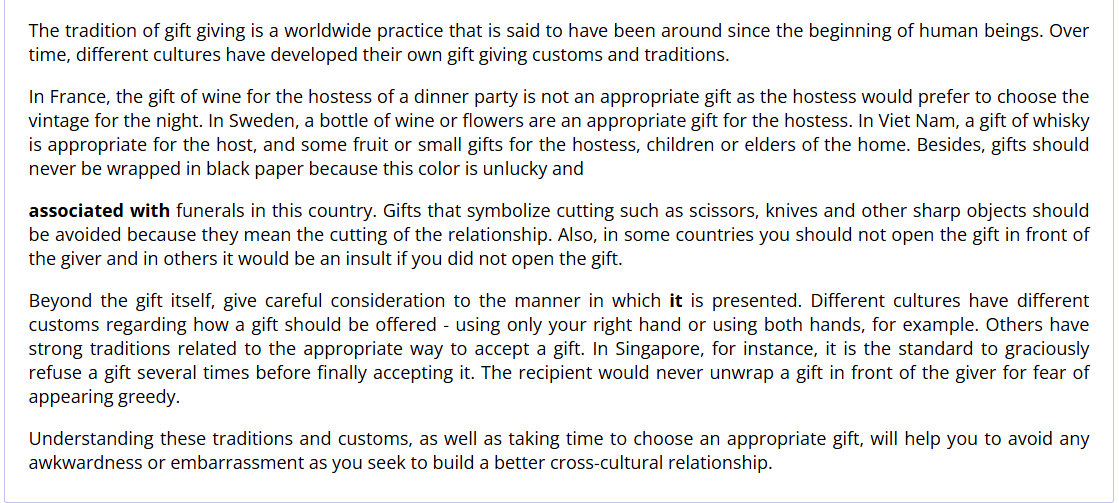 When did the tradition of gift-giving become popular all over the world?
When did the tradition of gift-giving become popular all over the world?
A. a long time ago
B. thousands of years ago
C. since the beginning of humans
D. since the beginning of industrialization
Câu 7:  Which of the following is NOT true about gift-giving customs?
Which of the following is NOT true about gift-giving customs?
A. In France, wine is not considered a suitable gift for the hostess of a dinner party.
B. In Sweden, it is not customary to bring some wine or flowers when you are invited to a dinner party.
C. In Viet Nam, such things as scissors, knives and other sharp objects shouldn’t be used as a gift.
D. In Singapore, it is unacceptable to open the gift right in front of the giver.
Câu 8:  The phrase “associated with” is closest in meaning to ____.
The phrase “associated with” is closest in meaning to ____.
A. connected with
B. familiar with
C. informed of
D. similar to
Câu 9:  The word “it” in paragraph 3 refer to ____.
The word “it” in paragraph 3 refer to ____.
A. consideration
B. manner
C. gift
D. culture
Câu 10:  Which of the following is the main idea of paragraph 3?
Which of the following is the main idea of paragraph 3?
A. The people who are presented with gifts
B. The traditions of giving and receiving gifts
C. The occasions of giving and receiving gifts
D. The manners of giving and receiving gifts
Câu 11: 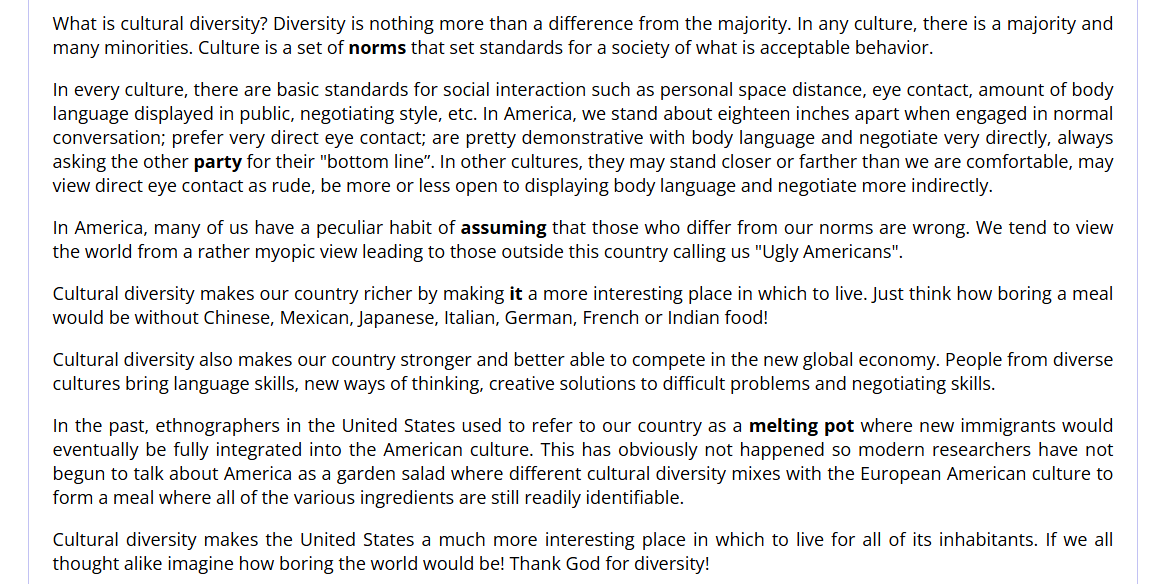 The best title of the passage could be ____.
The best title of the passage could be ____.
A. American Cultural Diversity
B. American Ethical Minorities
C. American Standards
D. America as a Melting Pot
Câu 12:  The word “norms” in the passage is closest in meaning to ____.
The word “norms” in the passage is closest in meaning to ____.
A. examples
B. rules
C. data
D. models
Câu 13:  As discussed in the passage, which of the following may NOT be considered polite in American culture?
As discussed in the passage, which of the following may NOT be considered polite in American culture?
A. Maintaining direct eye contacts while talking with others
B. Negotiating in a very direct manner
C. Keeping about half a meter away from others in normal conversation
D. Touching others during the conversation with them
Câu 14:  The word “party” in the passage almost means ____.
The word “party” in the passage almost means ____.
A. staff
B. presenter
C. host
D. negotiator
Câu 15:  The phrase “bottom line” in the passage mostly means ____.
The phrase “bottom line” in the passage mostly means ____.
A. the required minimum
B. the most important concern
C. the key point to their success
D. the minimum acceptable benefit
Câu 16:  The word “assuming” in the passage is closest in meaning to ____.
The word “assuming” in the passage is closest in meaning to ____.
A. thinking
B. saying
C. arguing
D. describing
Câu 17:  The word “it” in the passage refers to ____.
The word “it” in the passage refers to ____.
A. cultural diversity
B. our country
C. global economy
D. this country
Câu 18:  Which of the following is not stated as a benefit of having cultural diversity for America?
Which of the following is not stated as a benefit of having cultural diversity for America?
A. New ways of thinking
B. Negotiating skills
C. Language skills
D. New styles of arts
Câu 19:  The author mentions the phrase “melting pot” to ____.
The author mentions the phrase “melting pot” to ____.
A. describe a misassumption about American culture
B. to explain why Americans prefer to serve garden salad
C. to change Americans’ viewpoints on their own culture
D. to advise Americans on how to look at their culture
Câu 20:  Which of the following best describes the author’s attitude throughout the passage?
Which of the following best describes the author’s attitude throughout the passage?
A. Supportive of cultural diversity
B. Reluctant to accept cultural diversity
C. Underestimating the values of cultural diversity
D. Taking pride in living in a diverse culture
